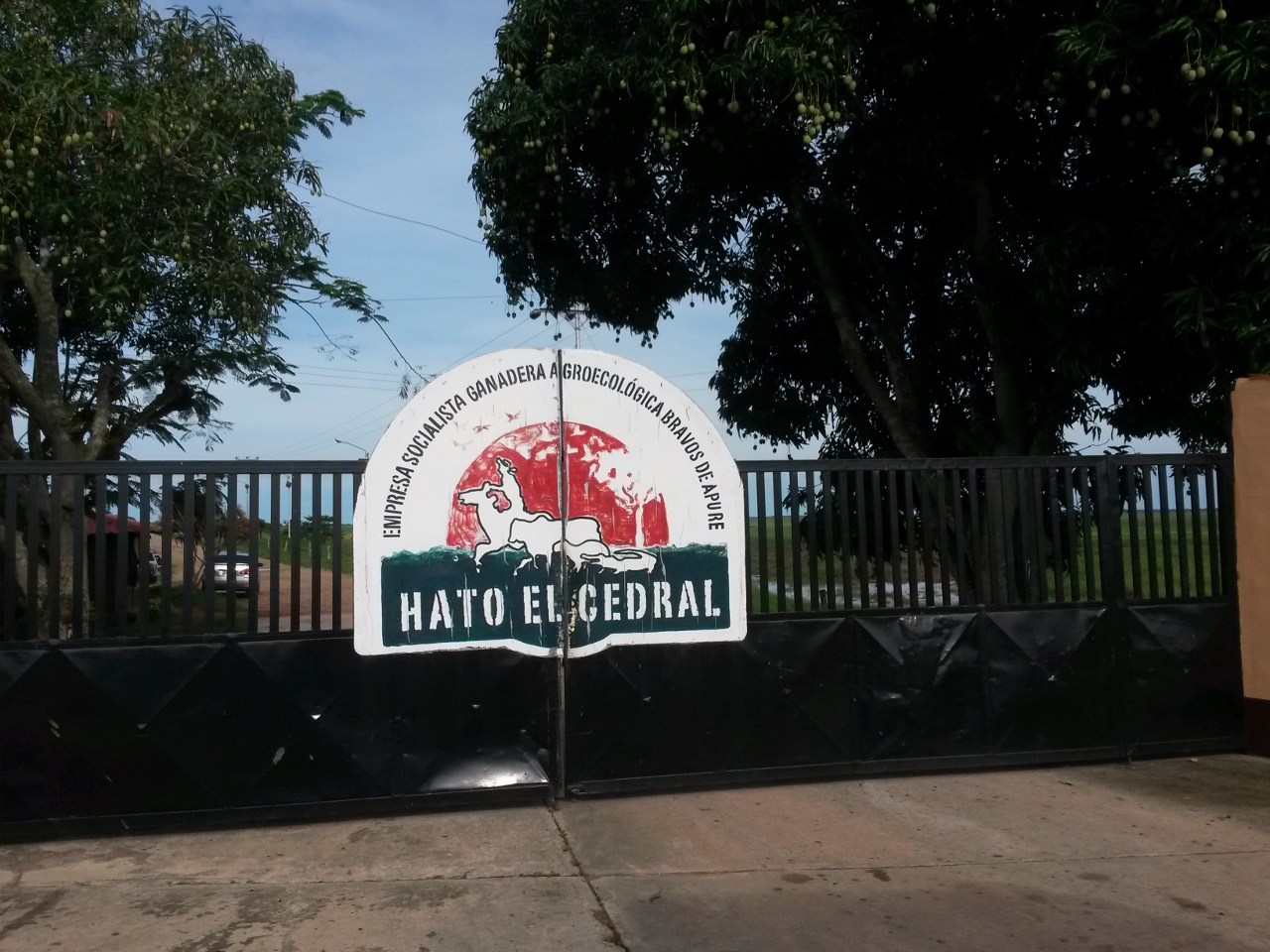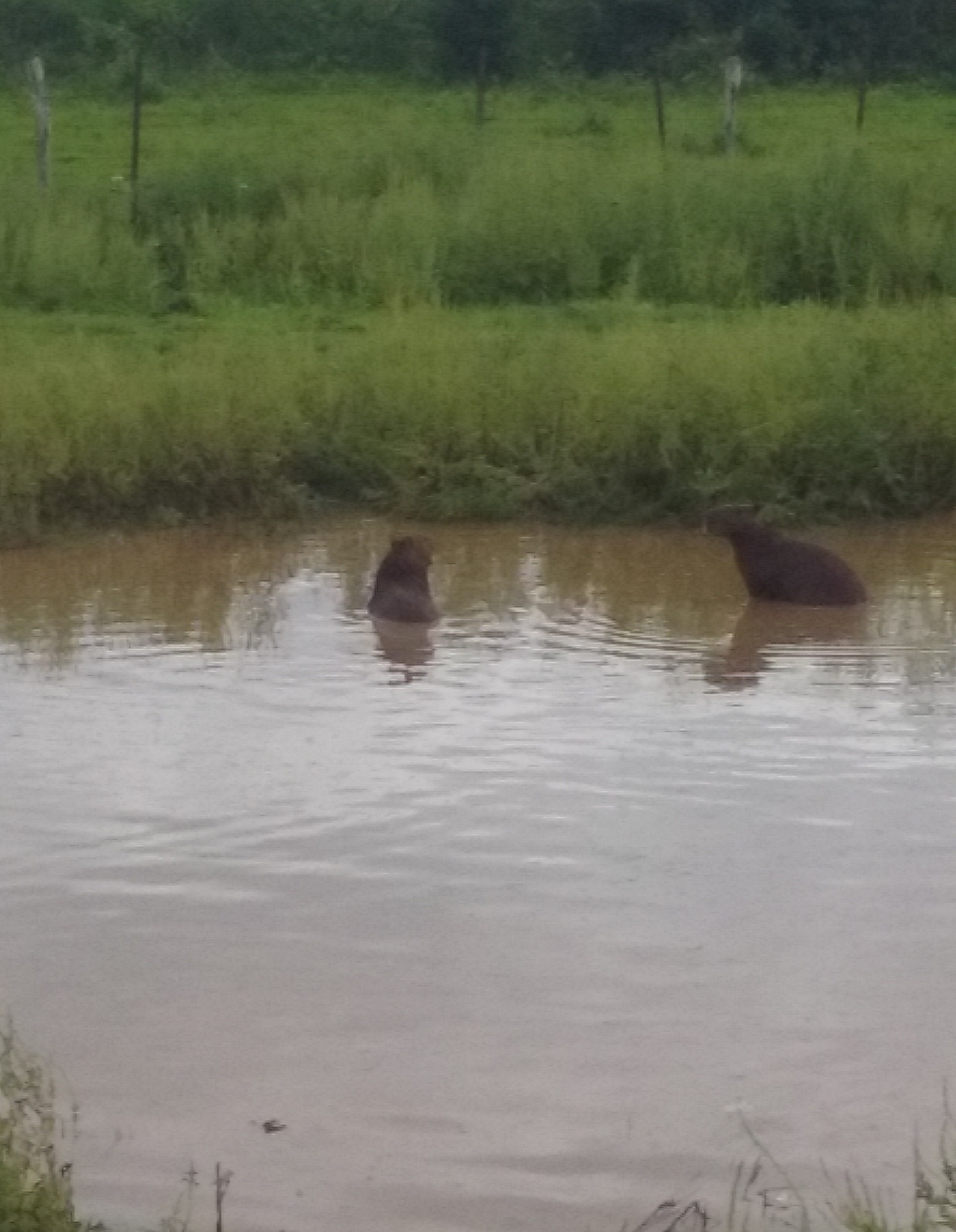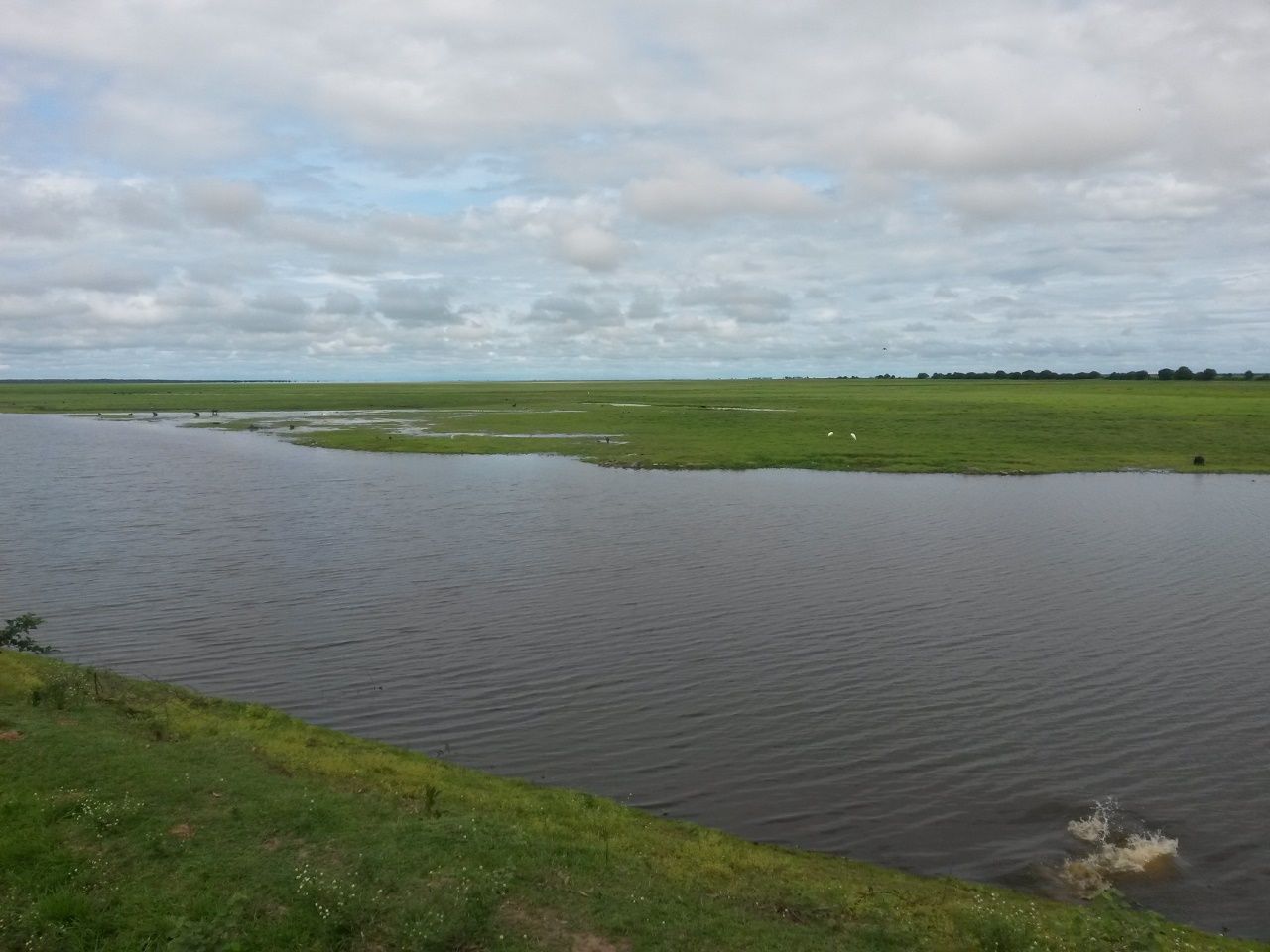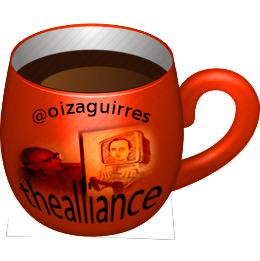***The Exotic Capybara Pet I'd Like to Have***
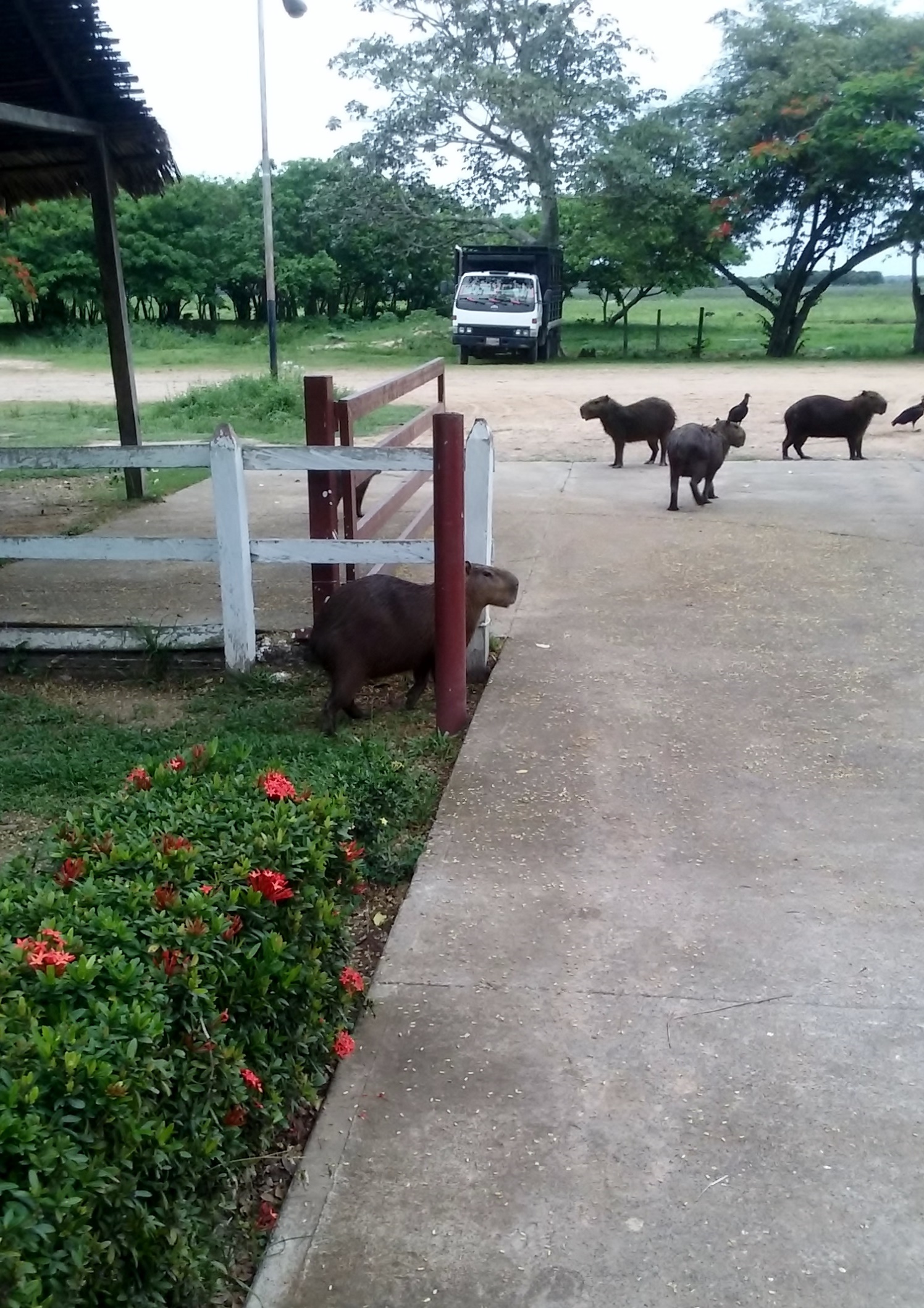
My greetings to my fellow readers and especially to the Hive Pets community.
I have been invited by my friend @carolinacardoza to participate in this initiative of @ilazramusic and that invites you to develop a fantasy of owning an exotic pet, understanding as exotic something out of the normal or usual in your space.
Mi saludo a los amigos lectores y especialmente a la comunidad de Hive Pets.
He sido invitado por la amiga @carolinacardoza para participar en esta iniciativa de @ilazramusic y que invita a desarrollar una fantasía de posesión de un animalito exótico, entendiendo como exótico algo fuera de lo normal o habitual dentro de tu espacio.
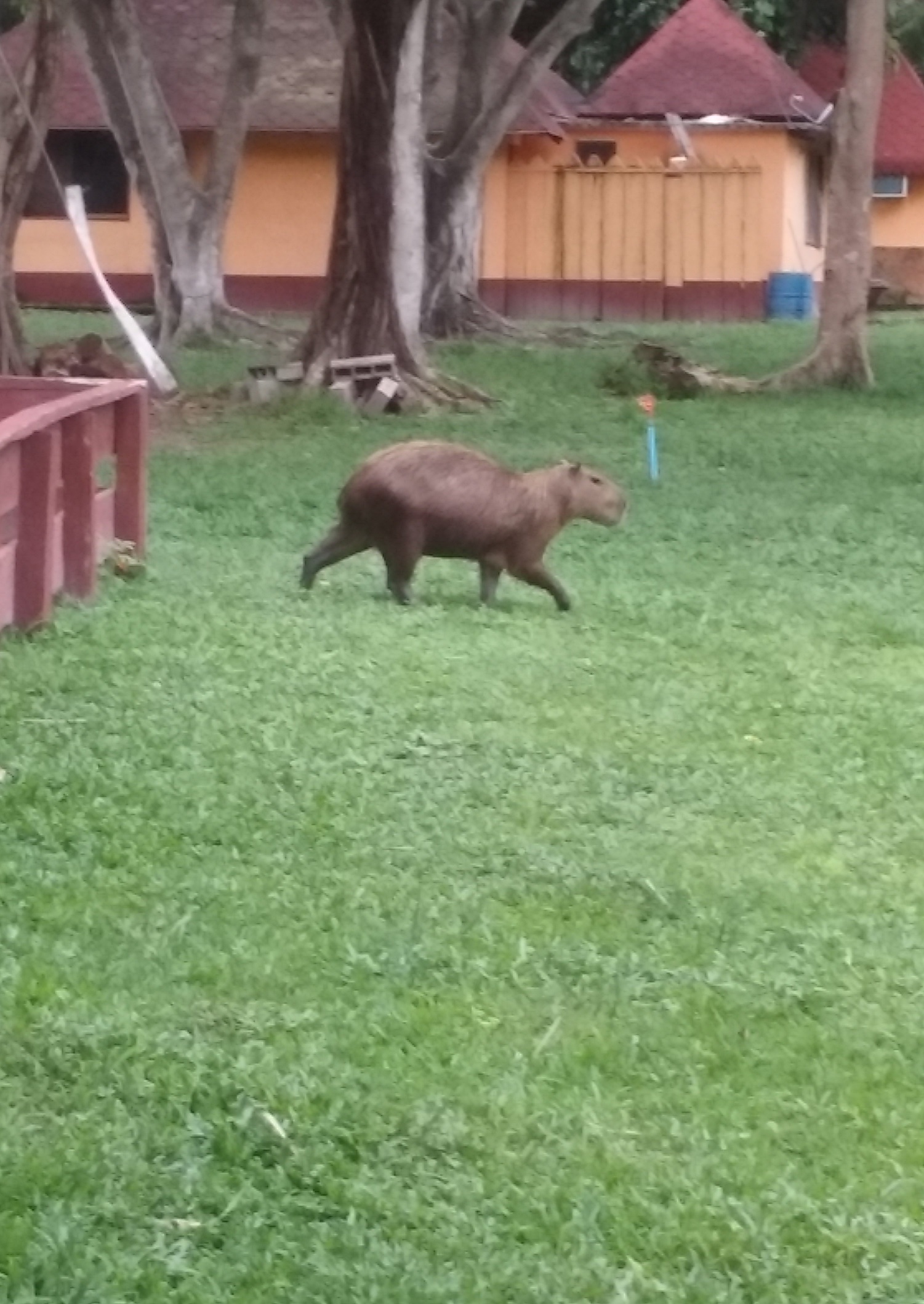
The Capybara, (Hydrochoerus hydrochaeris), is the largest known rodent. Here in Venezuela it is also called Chiguere, this little animal is abundant in our plains, especially in the flooded savannas of the state of Apure.
Many people also call it a water pig, because of its predilection to stay in the water. The Capybara is a herbivorous animal that usually lives in herds, that is to say, it is very sociable.
Why the Capybara, asking me why this animal is the same as asking why other people select a tiger, a monkey, a parrot, a macaw, a bear or even an elephant, however there is something that caught my attention and it was in a practice of Evaluation of Farm Management in which I accompanied a group of students of the 8th semester of Agronomy Engineering, to the state of Apure, specifically to the El Cedral Herd.
El Capibara, (Hydrochoerus hydrochaeris), es el roedor de mayor tamaño conocido. Acá en Venezuela también se le llama Chiguere, este animalito abunda en nuestros llanos, sobre todo en las sabanas inundables del estado Apure.
Muchas personas le llaman también cerdo de agua, por su predilección a mantenerse dentro del agua. El Capibara es un animalito herbívoro que suele estar en manadas, es decir es muy sociable.
Porqué El Capibara?, preguntarme porqué este animalito es igual que preguntar porque otras personas selección un tigre, un mono, un loro, una guacamaya, un oso o hasta un elefante, sin embargo hay algo que me llamo muchísimo la atención y fue en una práctica de Evaluación de Administración de Fincas en la que acompañe a un grupo de estudiantes del 8vo. Semestre de Ingeniería Agronómica, al estado Apure, específicamente al Hato El Cedral.
In El Cedral and its surroundings, seeing Capybaras is like seeing dogs in the backyard of your house, you don't believe me, look at them?
In my stay in Apure I could hear several styles of communication of these little animals among them they like to express themselves purring, barking, laughing, whistling, squealing, whining, growling and even chattering their teeth, then the locals tell you that each sound is a different message and it must be true, they know more than me about the Capybaras!
En el Cedral y sus alrededores ver Capibaras es como ver perros en el patio de tu casa, no me crees, míralos…
En mi estancia en Apure pude escuchar varios estilos de comunicación de estos animalitos entre ellos les gusta expresarse ronroneando, ladrando, riendo, silbando, chillando, lloriqueando, gruñendo e incluso castañeteando los dientes, entonces te cuentan los lugareños del hato que cada sonido es un mensaje distinto y debe ser cierto, ellos conocen más que yo de los Capibaras!.


